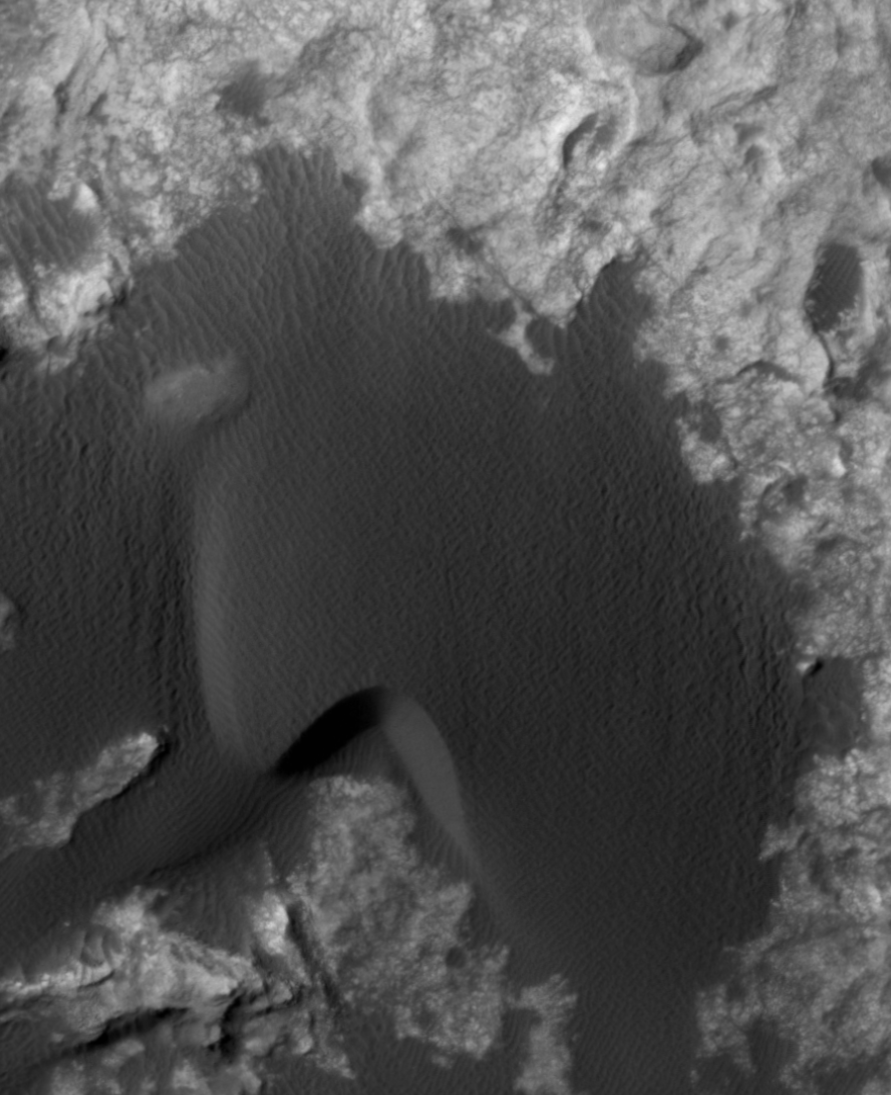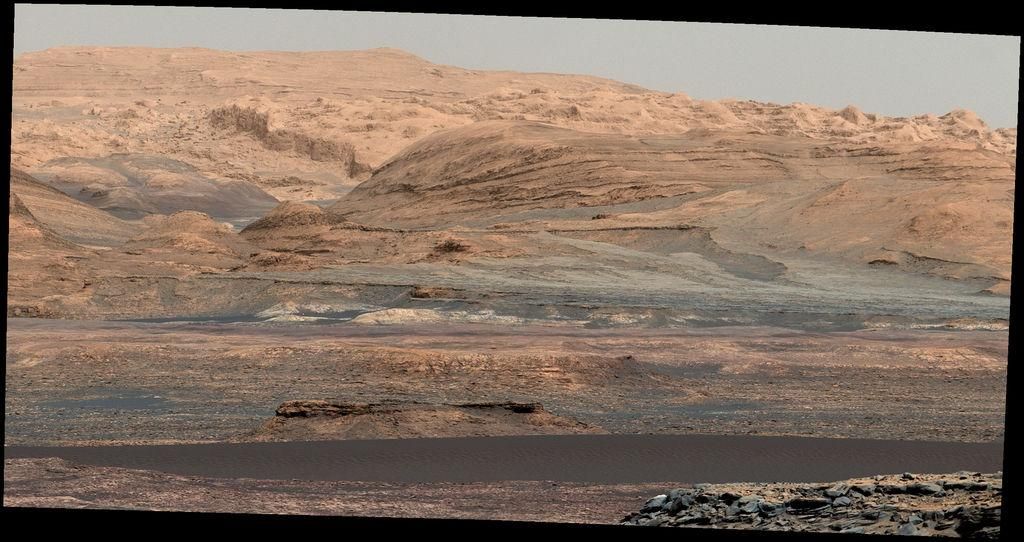Curiosity Set to Explore Martian Sand Dunes
The rover will tread carefully, in case it’s a trap.
/https://tf-cmsv2-smithsonianmag-media.s3.amazonaws.com/filer/3e/5b/3e5b3f1a-f58e-4e4f-962a-041aeb516d00/mars_dunes.jpg)
After three years rolling across the rocky Martian landscape, NASA’s Curiosity rover is about to try something different: the first close-up investigation of moving sand dunes on another planet.
Mars rovers have crossed sandy terrain before (in fact, Spirit became stuck in a sand trap in 2009 and never got out), but the Bagnold Dunes (named for desert explorer Ralph Bagnold) near Mt. Sharp are in motion, with wind shifting the sands by as much as three feet a year.

Scientists would like to know more about the dynamics of windblown sand on a world with one-third of Earth’s gravity and a much thinner atmosphere. They intend to use Curiosity’s robot arm to scoop up some of the sand to analyze its composition.
Rover drivers will proceed very tentatively, though, and will carefully assess how much the wheels slip and sink before moving Curiosity into the sand. So forget about any dune-buggy racing, fun as that might be to watch.
